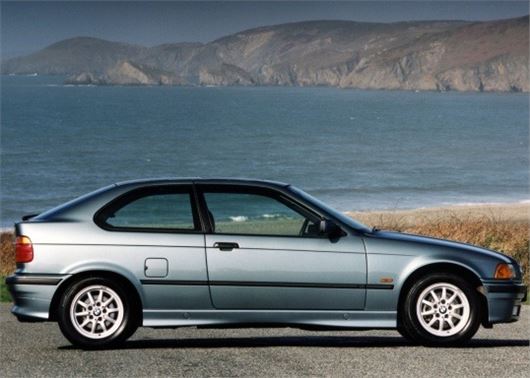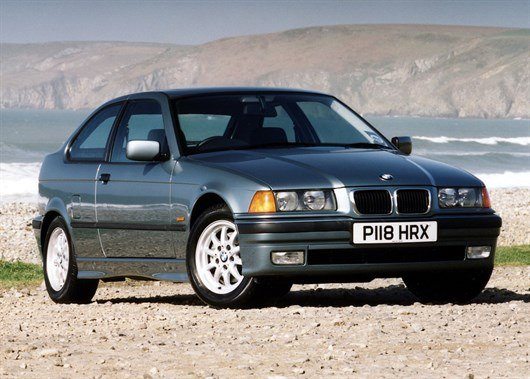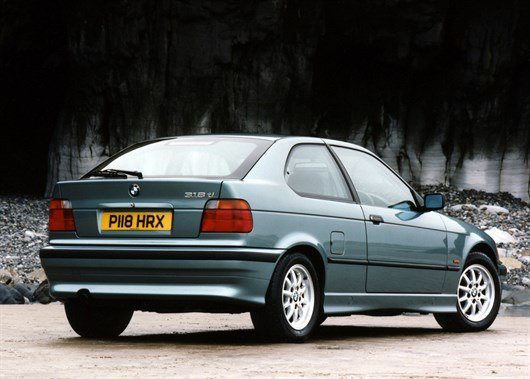Hidden Heroes: BMW 318ti Compact

The BMW 3-Series compact was never the best-loved model in the E36 line-up, despite being a bold move for BMW.
A smaller hatchback variant of the E36 was always part of the plan, but it would be three years after the saloon model made its debut that it was ready for production, using the rear-drive E36 platform with a shortened body.
It uses the same wheelbase and Z-link rear axle, but the shorter, lighter body made it feel somewhat edgier and less balanced than the saloon, while the rear-drive layout also had a negative impact on packaging - the Compact may have been an upmarket and fun-to-drive hatch, but it was expensive for what it was and suffered from extremely cramped rear legroom.

Those things aside, though, it was a decent performer and an extremely well-finished car. Indeed, it was quite likeable in many respects, but it didn’t really have an identity in an already crowded market. The E56 saloon wasn’t much more expensive, and compact rivals such as the VW Golf were far cheaper, if less driver-focused.
There was one model, though, that was a real sleeper. The 318ti had the same 1.9-litre engine as the 318, but a 16-valve head and 140bhp, enough to give it a 0-60 time of little over nine seconds. That doesn’t sound a huge amount, but the engine was torquey and responsive which, when coupled to a well-weighted five-speed manual gearbox that was full of positive feel, made it a rewarding and rapid car to drive.
Yet despite this, the ti managed to hide its sporting pretensions under a very plain-looking body, with only the 10-spoke alloys hinting that it was anything more special than a normal 318i Compact. It sold in fairly limited numbers, but was always a popular car on the used market.

In recent years, however, its appeal has gone from aspirational buyers to the car of choice for modifiers and drifters, which means that finding a decent 318ti Compact for sale today is pretty difficult - a situation not helped by the fact that the newest examples are now over 20 years old and corrosion is a fairly big problem, too.
If you can unearth a good one, then what you’ll end up with is a modern classic that’s great to drive, easy to own, cheap to run and more rewarding than you’d imagine. And the good news? You can still pick a good one up for under £2k - but not for much longer as educated buyers are starting to catch on.
Compare classic car insurance quotes and buy online. A friendly service offering access to a range of policies and benefits.


 Craig Cheetham
Craig Cheetham
 NEC classic motor show 2020 postponed due to Covid 19 concerns
NEC classic motor show 2020 postponed due to Covid 19 concerns
 Classic car auction house Coys goes into administration
Classic car auction house Coys goes into administration
 Motor racing great Sir Stirling Moss dies aged 90
Motor racing great Sir Stirling Moss dies aged 90
 Alfa Romeo anniversary races set for Silverstone
Alfa Romeo anniversary races set for Silverstone
 Government to make E5 fuel available for classic owners
Government to make E5 fuel available for classic owners
 Plans to introduce cleaner fuel could damage more than a million classic cars
Plans to introduce cleaner fuel could damage more than a million classic cars
 Top 10: Classic cars from the Gulf motor racing heritage collection
Top 10: Classic cars from the Gulf motor racing heritage collection


